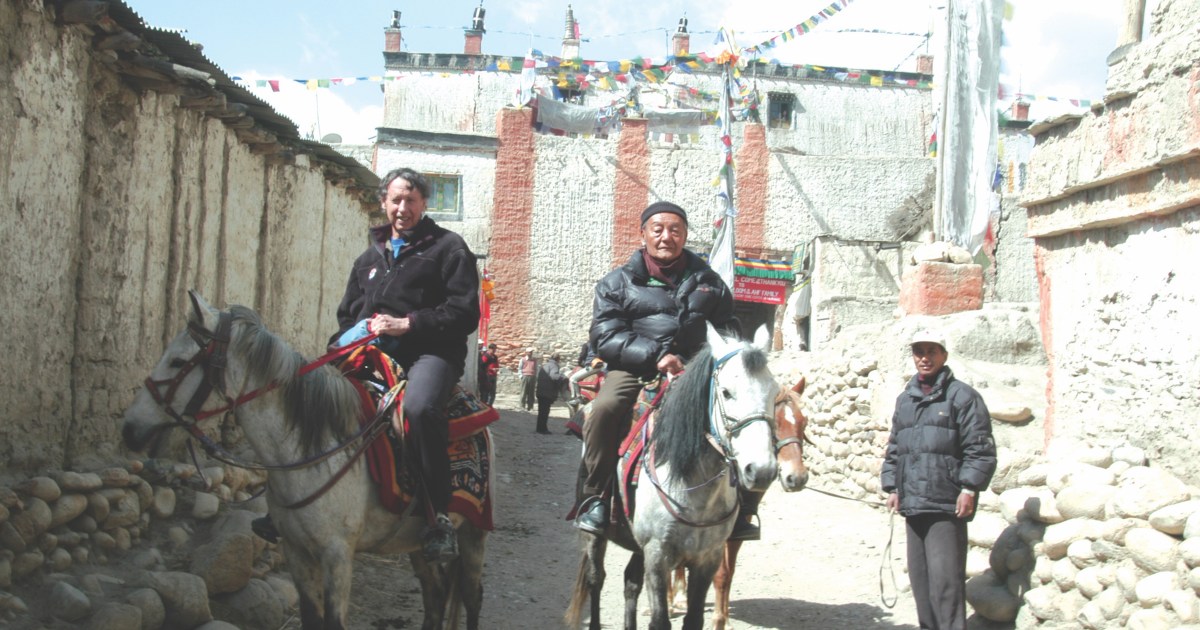I awoke just before daybreak during a trip earlier this month and parted the curtains in my room. A beautiful view of Khajjiar’s lake, wide meadows, and deodar trees opened before me. I hurriedly dressed up and went to enjoy the “walking track” laid around the lake. But the walk turned out to be horrifying. The stink of horse dung and faeces enveloped me even before I arrived at the meadow. More than a quarter of the two-kilometre track was covered by horse dung. The remaining space was occupied by various types of garbage including empty bottles of liquor, water, and cold drinks.

The official title of this exquisite location was Mini Switzerland, as a board proclaims. When the British gave this place such a name, it may have resembled Switzerland, but today this modest hill station is grappling with existential challenges.
The walkers’ track today is encroached upon by hawkers and scores of horsemen. Restaurants and homestays have mushroomed near the Khajji Nag temple, built on the shores of the lake, like they were determined not to stop at anything.
During my walk, I also came across another depressing scene. People working in so-called restaurants were sweeping waste not into dustbins, but into the lake’s submergence area, which was just a few steps ahead.
No wonder the water appears to have receded a little further from where I saw it during my last visit. Why do our hill stations let down their faithful fans? Is this due to the growing population and number of tourists? In that case, how have tourist destinations abroad maintained their natural beauty?
Khajjiar answers these queries. When I first came here in the late 1980s, it had only one hotel run by the state government. Horse dung lay strewn about the place, not as pervasively as it now is. There was no pucca structure around Khajji Nag’s temple then. But many hotel-style homestays have sprung up over the years. Who permitted so many eateries to be built? To safeguard the lake, the so-called development has to be kept away from the lakebed. This was not done, and its repercussions are visible.
There is only one way to maintain such beautiful areas in the mountains: Strict rules, and development of new hill stations. Leaders committed to such development are required for this to happen. I had once shared my thoughts on the matter with a former Uttarakhand chief minister (CM). He then confidently stated: “Shashi Shekhar ji, you are talking about creating a new hill station, I am building 13.” I said such a large target appeared unfeasible in just one tenure and asked him why doesn’t he focus on developing just one new hill station. He said, “Aap dekhte jaiye, sab ho jayega.” Within three years, his party removed him from office. I had told a former CM of Jharkhand the same thing. He, too, dodged the subject.
For those who are unaware, four places in Chota Nagpur were designated as hill stations during the British period. Netarhat was known as the Queen of the Hills, Ranchi as Bihar’s Shimla, Hazaribagh as Bihar’s Mussoorie, and McCluskieganj as a ‘cool’ region. All these are currently in poor condition.
Why are we Indians so uncaring of our natural heritage? According to numerous studies, Wular Lake in Jammu and Kashmir has shrunk about 45% in a century. It covered about 158sq km in 1911 but now is spread over just 87sq km. Chilika Lake in Odisha has a similar story. Originally 2,000sq km in size, this lake has shrunk to 1,165sq km. Vembanad Lake in Kerala and Lonar Lake in Maharashtra are both also in danger of being destroyed.
Another study by the Centre for Science and Environment (CSE) tells us that 137 lakes and big ponds were documented in Ahmedabad alone in 2001, but 65 of them vanished by 2012. As a result, all major communities now need to make provisions to get drinking water from hundreds of kilometres away. Mumbai gets its water from rivers and lakes 120km away, whereas Chennai gets water from Veeranam Lake 200km away. Hyderabad depends heavily on the Krishna River, which flows 116km away from the city.
There may come a time when we will have to import drinking water just as Singapore does today. The situation is only worsening since we consider the destruction of natural resources as essential for growth. Tomorrow, June 20, is World Picnic Day. If these circumstances persist, the picnic will simply have to remain in our memories. The term “picnic spot” is quickly becoming obsolete.
Shashi Shekhar is editor-in-chief, Hindustan.
The views expressed are personal















